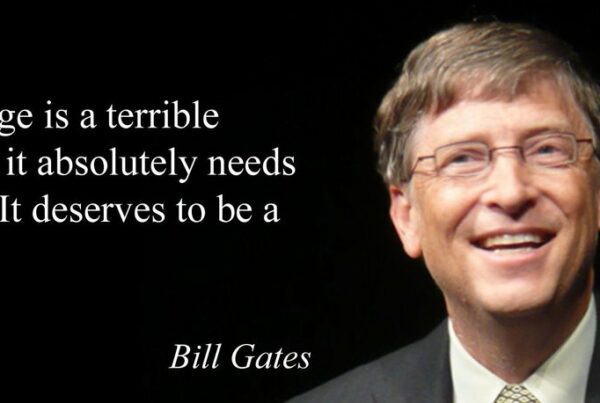The Tortoise and The Hare is a fable that celebrates a race between ingenuity and talent. The story of the two competitors has intrigued readers, academics, philosophers, and business leaders alike since the time of the ancient Greeks, which is why it is fitting for the cover of Harvard Business Review’s “When to work with rivals” issue.
 In the feature article, “The Rules of Co-opetition,” co-authors Adam Brandenburger, Professor at NYU Stern School of Business, and Barry Nalebuff, Professor at Yale School of Management examine how a mix of competition and cooperation (“co-opetition”) offer compelling opportunities and benefits for many organizations. High profile co-opetition began with space exploration and is often seen across industries with companies like Apple and Samsung, DHL and UPS, Ford and GM, and Google and Yahoo. Advantages of competitor-alliances include saving costs and avoiding duplication of effort. However, some executives aren’t comfortable with co-opetition and bypass promising opportunities.
In the feature article, “The Rules of Co-opetition,” co-authors Adam Brandenburger, Professor at NYU Stern School of Business, and Barry Nalebuff, Professor at Yale School of Management examine how a mix of competition and cooperation (“co-opetition”) offer compelling opportunities and benefits for many organizations. High profile co-opetition began with space exploration and is often seen across industries with companies like Apple and Samsung, DHL and UPS, Ford and GM, and Google and Yahoo. Advantages of competitor-alliances include saving costs and avoiding duplication of effort. However, some executives aren’t comfortable with co-opetition and bypass promising opportunities.
Bradenburger and Nalebuff offer a framework for when and how to cooperate with rivals.
Here is a summary of their key considerations:
- If a cooperative opportunity is on the table, start by imagining what each party will do if it’s not taken.
- To determine if cooperation will give away your competitive advantage, evaluate if it falls into one of the following categories: 1.) Neither party has a special sauce at risk, but the parties’ combined ingredients create value; 2.) Both parties have a special sauce, and sharing puts them both ahead of their common goals; 3.) One party has a strong competitive advantage, and sharing only heightens it; even so, less-powerful parties are willing to cooperate; and 4.) One party shares its secret sauce to reach another’s customer base, even though doing so carries risks for both parties.
- Agreements should be structured to address establishing scope and control and dividing the pie.
- Cooperation with rivals includes an important emotional aspect — some people are comfortable with the idea there can be multiple winners, and some are not. Therefore, co-opetition may be a last resort strategy (even in cases where it should be the first resort).
Bradenburger and Nalebuff conclude that co-opetition requires the right people to execute on the right mindset. “People tend to think in either/or terms, as in either compete or cooperate, rather than compete and cooperate. Doing both at once requires mental flexibility; it doesn’t come naturally. But if you develop that flexibility and give the risks and rewards careful consideration, you may well gain an edge over those stuck thinking only about competition.”
It is interesting to think of the ways the tortoise and the hare could have leveraged their talents, smarts, and shared ambition to seize new competitive advantages. For modern organizations, the pandemic, digitalization of businesses, and social transformation also offer an opportunity to consider co-opetition between rivals.










